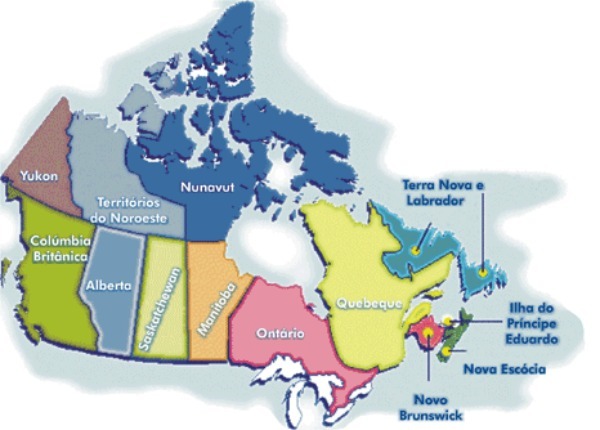Migratory movements in Brazil are characterized by the displacement of Brazilian citizens within the national territory.
This phenomenon has occurred in the country since its foundation.
After all, Brazil was formed with the immigration of Portuguese settlers and the forced immigration of black Africans.
Types of migration
Migration is the movement a person makes when leaving his homeland in search of another place to settle down.
Internal migration, on the other hand, is characterized by the displacement of populations within the same country. This can happen for economic reasons, natural disasters, conflicts, etc.
In Brazil, we have several examples of internal migration due to the economic models implemented in the country. Therefore, when an economic cycle ended in a region, its inhabitants had to migrate to continue living.
There are several types of internal migration. Let's see the main ones:
Rural exodus: displacement of populations from the countryside to the city. In Brazil, this phenomenon began in the first half of the 20th century.
pendular migration: migratory process that occurs from a small city to a large one, daily, in the metropolitan region of capitals. In this case, the migrant does not establish his residence in the place to which he moves. He just goes there to study or work.
Seasonal migration or transhumance: the migrant goes to a region to carry out a specific job such as collecting fruit, cutting sugar cane, etc.
return migration: in the 10s of the 21st century, with the growth of the northeastern economy, many migrants returned to their home states.
Migration process in Brazil
In the colonial period, we observed the first migratory movement at the time of the discovery of gold in Minas Gerais, in the 18th century.
In the nineteenth century, with the arrival of the Royal Family to Brazil, in 1808 and the opening of the ports, in 1810, we saw the arrival of several Europeans such as French, Polish, Swiss, English who came establish here.
Also in this century, with the growth of coffee cultivation and the ban on importing enslaved people, Italian and German immigration was encouraged.
In the first half of the 20th century, with the beginning of industrialization in Brazil, we observed the beginning of the rural exodus to the cities of São Paulo and Rio de Janeiro. To make a comparison: Brazil was predominantly rural in the 1940s, but thirty years later, it was already a country with an urban majority.
An example of migratory movements in Brazil was the construction of Brasília, in the 50s, the establishment of the Free Trade Zone of Manaus (AM), in the 60s and the discovery of gold in Serra Pelada (PA), in The 70's.
See too: The construction of Brasilia
Migratory movements in Brazil today
The Brazilian migration process continues in the 21st century, but with important changes compared to previous years.
Large metropolises such as São Paulo and Rio de Janeiro no longer attract migrants so much. Now, there is a search for medium-sized cities such as Campinas (SP) and Ribeirão Preto (SP).
Likewise, there is a new agricultural frontier formed by a strip that extends from Mato Grosso through Goiás, Tocantins, Maranhão and Piauí to Pará. In this area are Brazil's major export products such as soy and meat, as well as ores.
There is also a change in the migrant's profile. In the past, low-income people were the vast majority who moved. Today, with access to information, those who have more education are those who are moving more within the national territory.
We have more texts on this subject for you:
- Migration
- Types of Migration
- Immigration in Brazil
- Serra Pelada
Bibliographic references
Reporter Justice - Internal migration (10/26/13). Accessed on 10.09.
DOTA; Ednelson Mariano and QUEIROZ, Silvana Nunes de - Internal migration in times of crisis in Brazil. Rev. Bras. Study Urban Register vol.21 no.2 São Paulo May/Aug. 2019 Epub Aug 22, 2019.
BAENINGER, Rosana - Internal migrations in Brazil in the 21st century: between the local and the global. Paper presented at the XVIII National Meeting of Population Studies, ABEP, held in Águas de Lindoia/SP – Brazil, from November 19th to 23rd, 2012.


